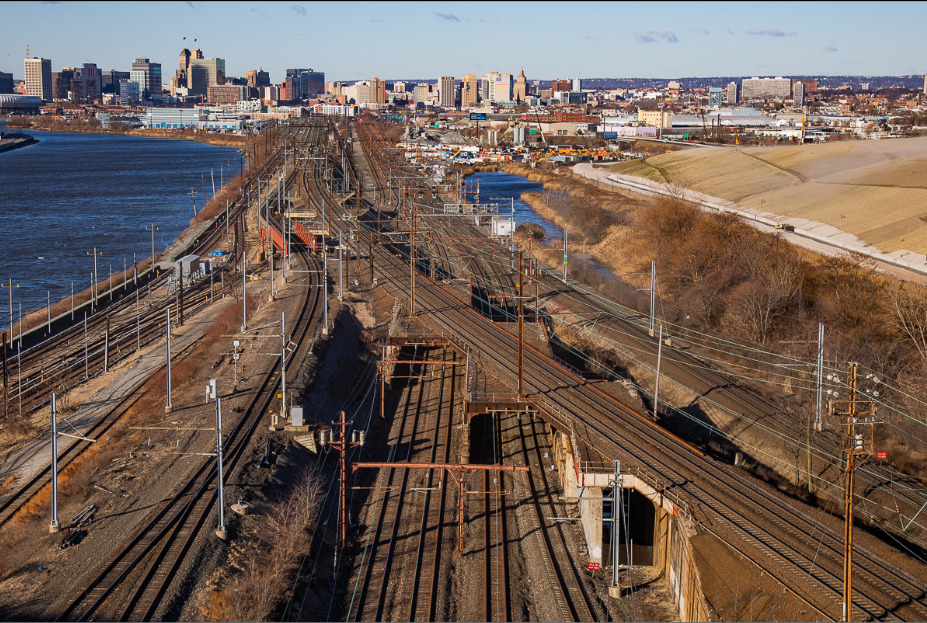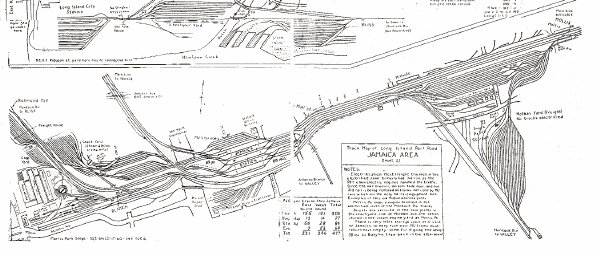Are flyovers even used in rail networks? I’ve heard of bypasses, crossovers, interlockings, switches, sidings, double tracking, and the like.
Rail upgrades have been funded by Amtrak/Federal govt, state governments, local governments and even the freight railroads themselves. Amtrak Acca Yard bypass included funding by CSX which owned the yard and was the host tier 1 railroad there.
The Wig Wag signal that Amtrak used to pass in Delhi, CO was removed on the BNSF line which I believe was the Amtrak Southwest Chief. As Amtrak got funding and the route is staying, the line is seeing upgrades I presume.
Rail upgrades have been funded by Amtrak/Federal govt, state governments, local governments and even the freight railroads themselves. Amtrak Acca Yard bypass included funding by CSX which owned the yard and was the host tier 1 railroad there.
The Wig Wag signal that Amtrak used to pass in Delhi, CO was removed on the BNSF line which I believe was the Amtrak Southwest Chief. As Amtrak got funding and the route is staying, the line is seeing upgrades I presume.








